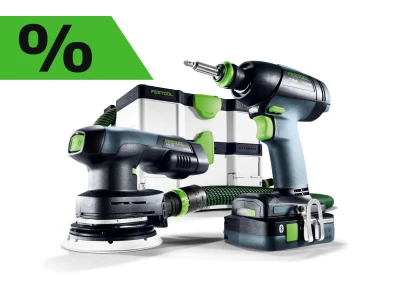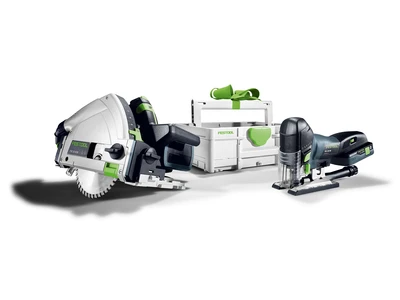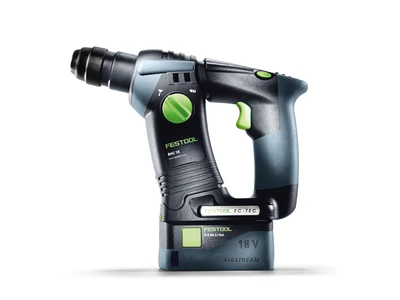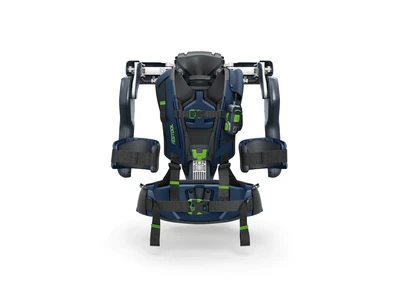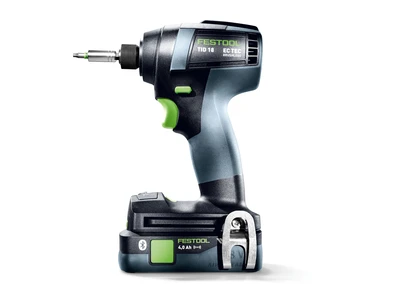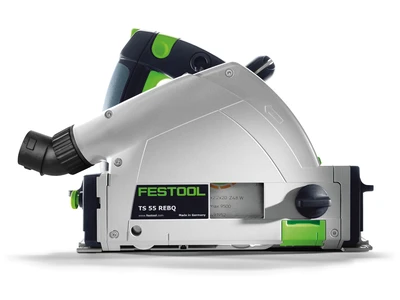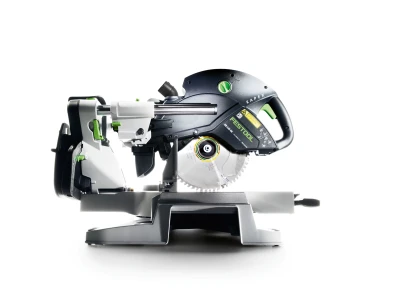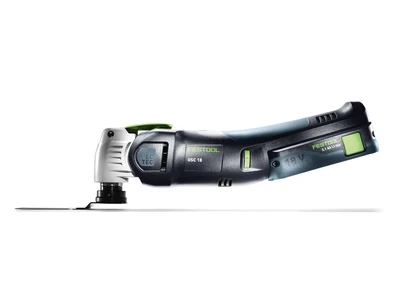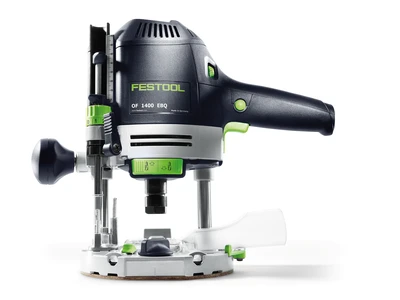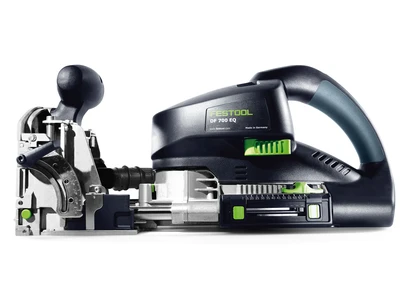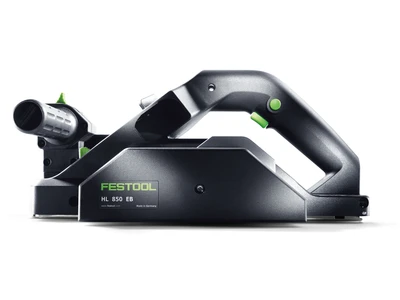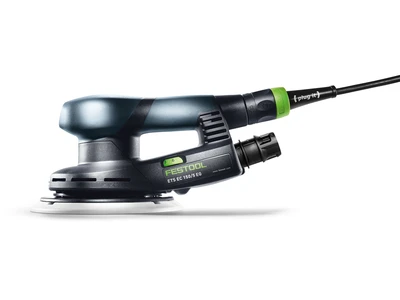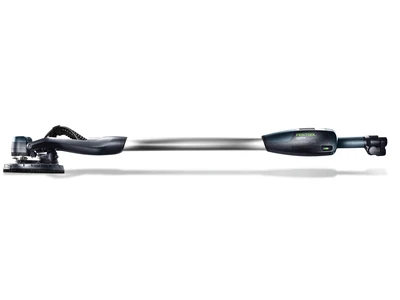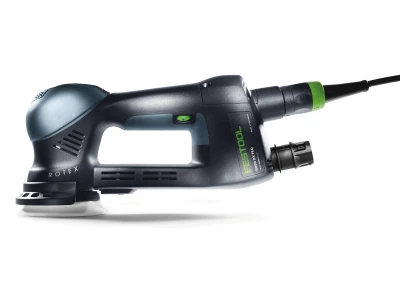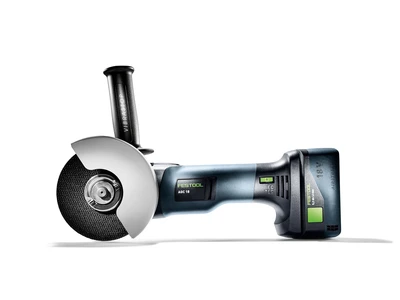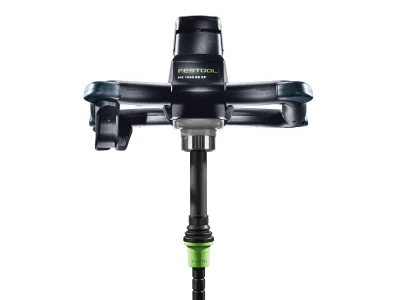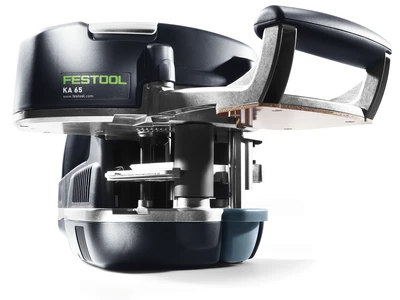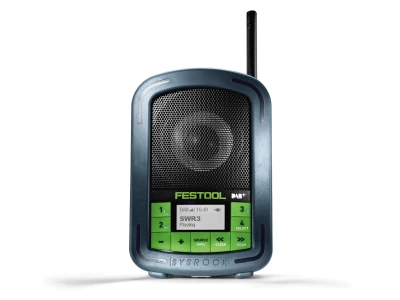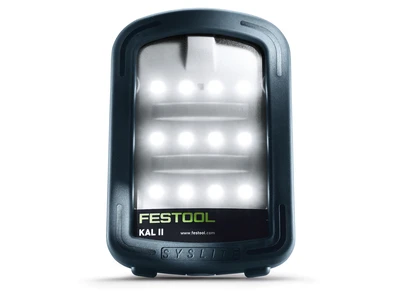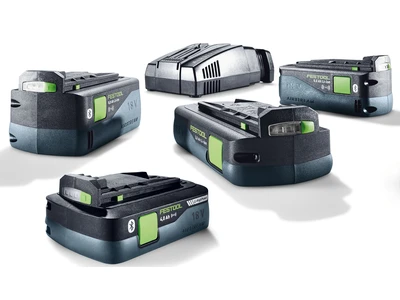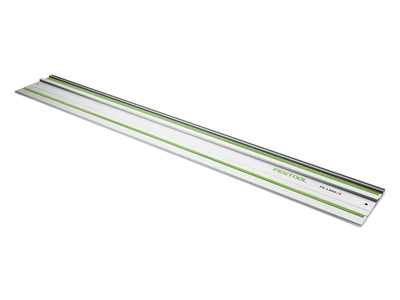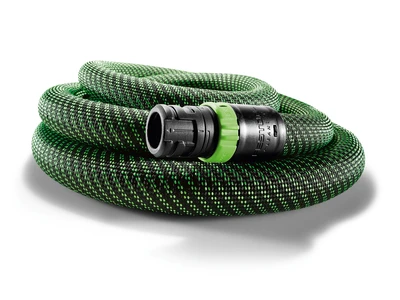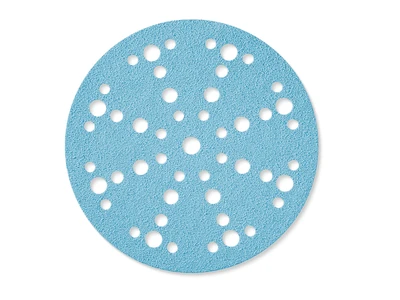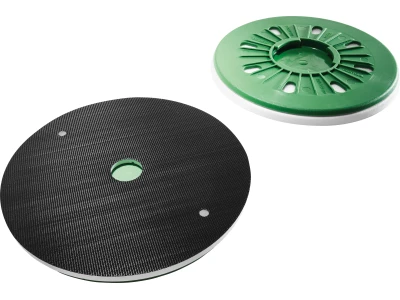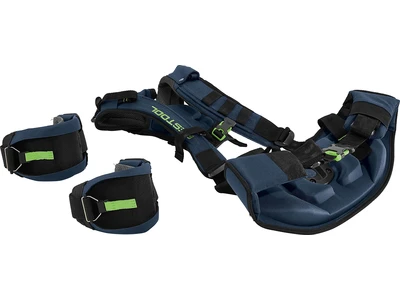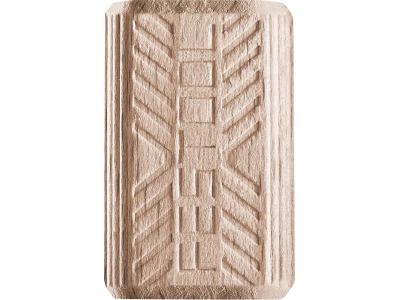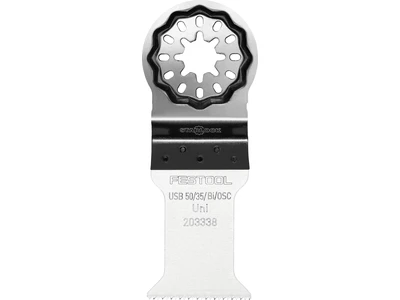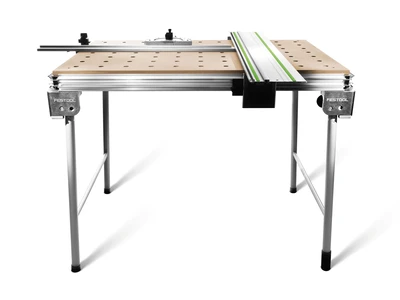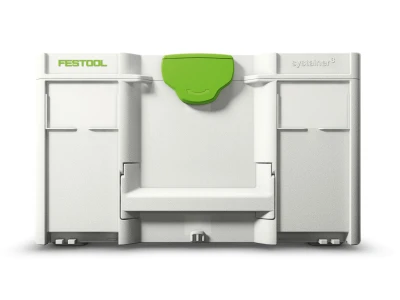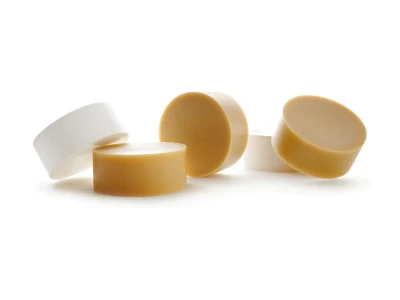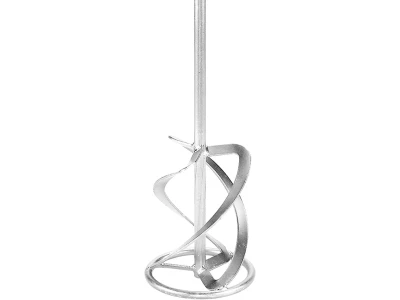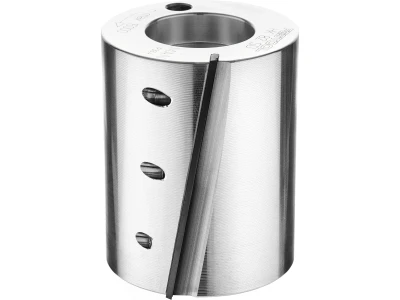
Living more fairly – building more sustainably
Three students in Vienna are developing a modular concept for construction and living for the residential constructions of the future. The construction materials are sustainable and the idea seems intelligent – but can the concept really be put into practice? We've asked the three creators.

Creators of the vivihouse project
Paul Adrian Schulz (left), Nikolas Kichler (centre) and Mikka Fürst (right)
Nikolas Kichler (NK): Architecture graduate from the Vienna University of Technology (TU Wien)
Mikka Fürst (MF): Architecture graduate from TU Wien, course for sustainable construction at TU Wien and TU Graz
Paul Adrian Schulz (PAS): Architecture graduate from the Academy of Fine Arts in Vienna
What is your vision of urban living in the future?
Mikka Fürst: Soil sealing and increasingly scarce areas for habitation play a significant role in our vision. Soil sealing should only happen on surfaces where it is absolutely necessary. More and more people are using their time to discover, of their own accord, what they need to live a good life and are making this a reality together.
What role does sustainability play?
MF: A huge one, of course – on all levels: On the environmental level, through the use of renewable raw materials, energy efficiency and reusability of construction elements; and on the social level, through interpersonal relationships which can be created through different forms of participation. The environmental components are ultimately reflected in energy efficiency, construction costs and the longevity of construction elements that maintain their value.

How did the idea of the vivihouse come about?
Nikolas Kichler: Collaboratively constructing several storeys, as well as building in an environmentally friendly way – that was our motto from the beginning of our project. We wanted to use it to find an answer to the growing challenges in urban housing. The residents can contribute to the development of their own building. This means that buildings will be constructed that make sense in the long term, are suitable for daily and changing needs and can be better maintained.

What's behind the name "vivihouse" and what is special about this modular construction design?
NK: "vivihouse" comes from "convivial", meaning "full of life". What's special about it is the combination of natural raw materials, such as wood, straw and loam. Up to six storeys are possible with our modular concept. Thanks to the identical and simple module design, even a kind of DIY is possible in prefabrication for the construction. The modules can be recreated by following the instructions on the website, together with professional guidance. Everything that we build can be fully dismantled and is traceable back to nature. This way, we are doing our bit to ensure the planet is still habitable for future generations.
Can modern architecture be combined with sustainability?
MF: More than a third of total CO2 emissions can be traced back to the construction and use of buildings. In order to reduce emissions from the construction sector efficiently, there's nothing else left to do but make sustainable construction tomorrow's modern architecture. That means that sustainable factors should be taken into account at an early stage of the design process, and we need to move away from problematic solutions.
How much room for creativity is there in the concept of the modular construction kit?
PAS: In the layout design, the only thing that has to be taken into account is the struts, meaning the vivihouse is suitable for a wide variety of uses and ideas. Furthermore, almost any arrangement is possible for the façade and ceiling structures – depending on your tastes, availability of local materials, the local climate and technical tools available.


